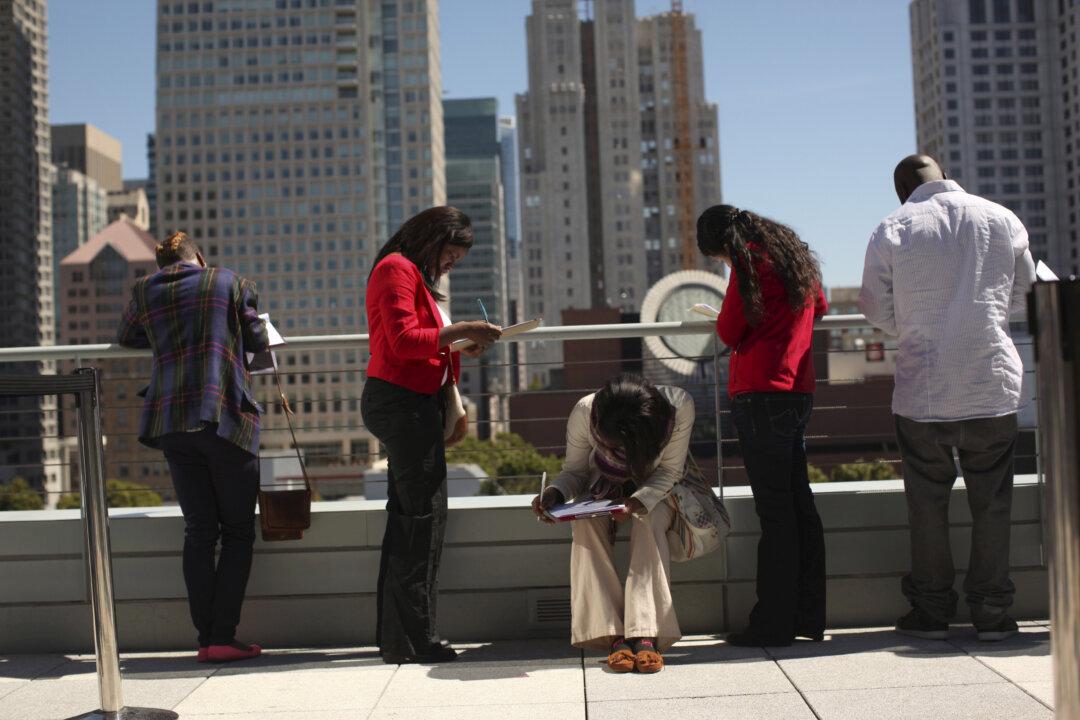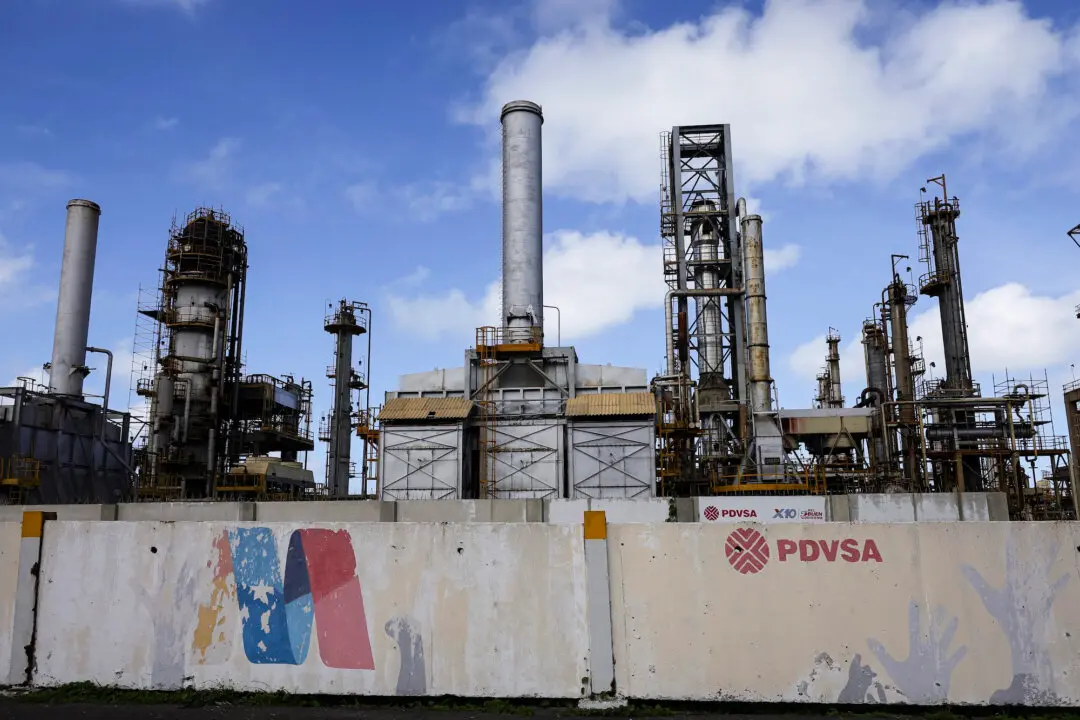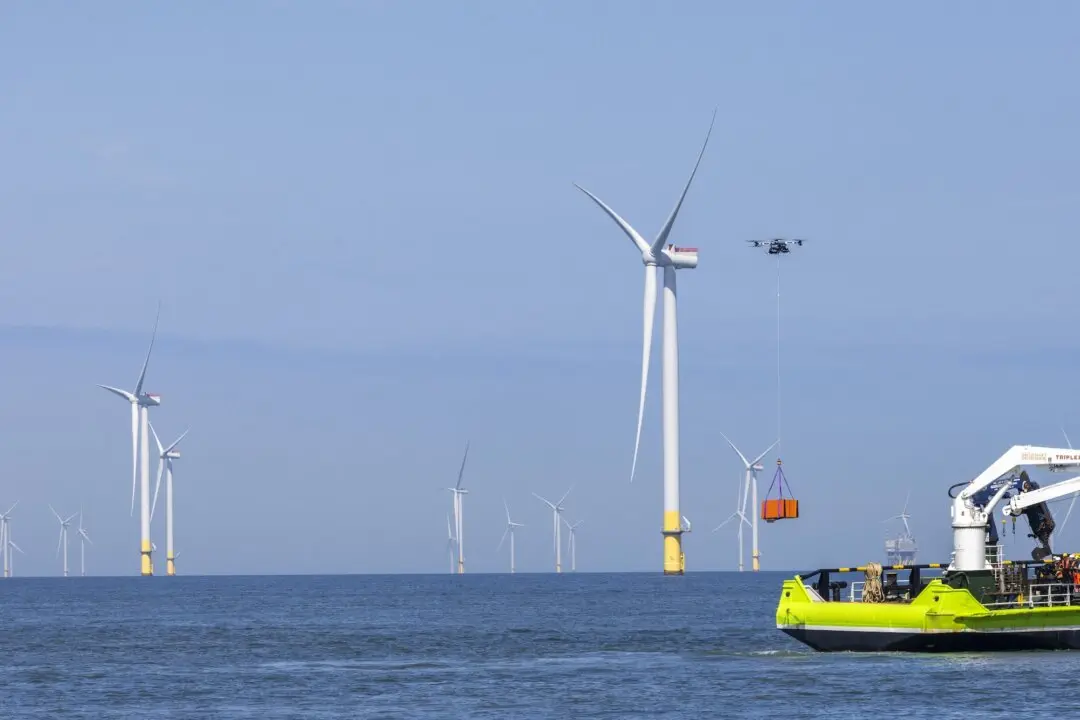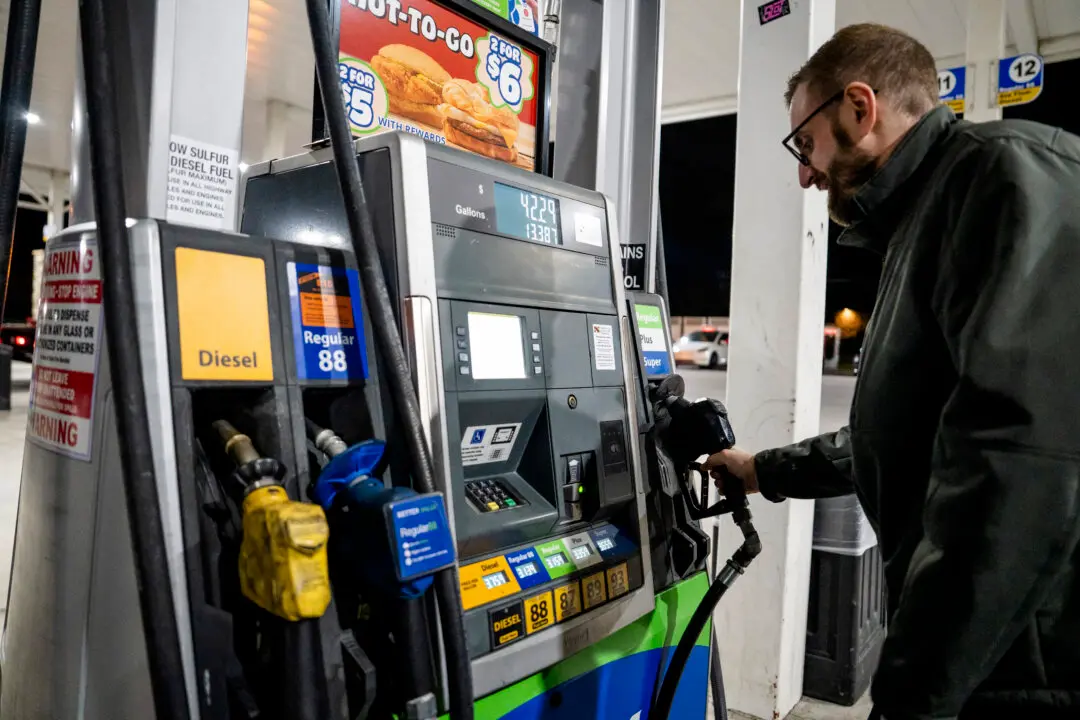The number of Americans filing new claims for unemployment benefits came in at about 1 million last week, suggesting continuing labor market weakness amid the economy’s fitful recovery from the depths of the COVID-19 recession.
Initial claims for state unemployment benefits totaled a seasonally adjusted 1.006 million for the week ended Aug. 22, compared to 1.104 million in the prior week, the Labor Department said in a release on Aug. 27 (pdf).





